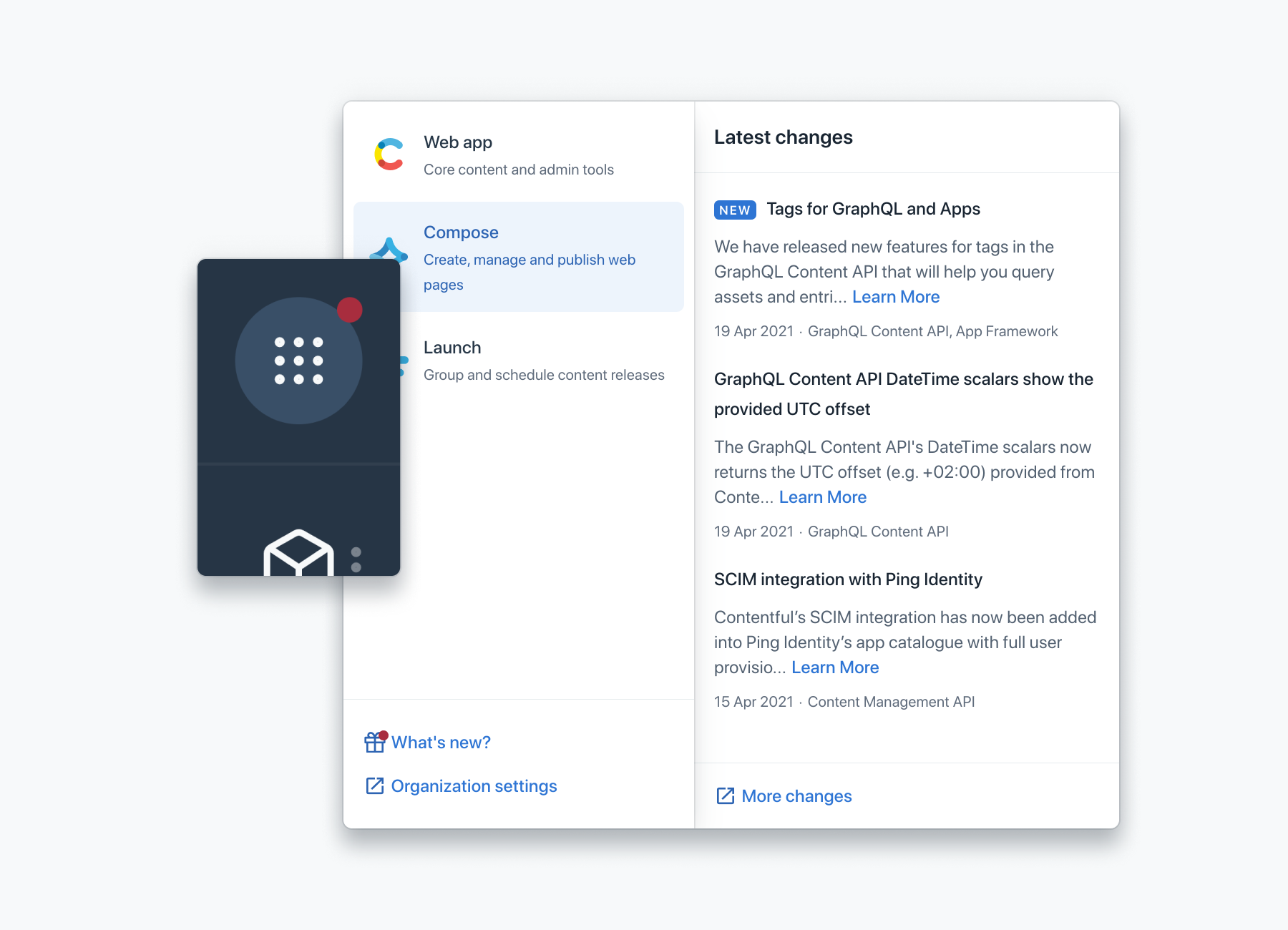

- Identity api scope approval ui. how to#
- Identity api scope approval ui. code#
- Identity api scope approval ui. password#
Of 2i0WFA-0AerkjQm4X4oDEhqA17QIAKNjXpagHBXmO_U.
Identity api scope approval ui. code#
The Authorization code with PKCE flow, PKCE for short, makes it possible to securely perform

The following steps describe our implementation of the flow.
Identity api scope approval ui. how to#
In the following sections you can find detailed instructions on how to obtainĪuthorization code with Proof Key for Code Exchange (PKCE)ĭetailed flow description, from authorization request through access token. Implicit grant flow, where actual credentials are included in the redirect_uri. These factors are particularly important when using the For more information, see the OAuth 2.0 RFC This can preventįor production, please use HTTPS for your redirect_uri.įor development, GitLab allows insecure HTTP redirect URIs.Īs OAuth 2.0 bases its security entirely on the transport layer, you should not use unprotected Parameter, which are securely bound to the user agent”, with each request to the The OAuth specification recommends the use of “One-time use CSRF tokens carried in the state Upon creation, you obtain theĪpplication credentials: Application ID and Client Secret - keep them secure. Resources which the application can access. Registered first via the /profile/applications page in your user’s account.ĭuring registration, by enabling proper scopes, you can limit the range of How all those flows work and pick the right one for your use case.īoth authorization code (with or without PKCE) and implicit grant flows require application to be It will be deprecated in the next OAuth specification version.
Identity api scope approval ui. password#
Implicit grant and Resource Owner Password Credentials flows. The draft specification for OAuth 2.1 specifically omits both the GitLab recommends against use of this flow. Resource owner password credentials: To be used only for securely.The Internet Engineering Task Force (IETF) Single page web apps running on GitLab Pages. Implicit grant: Originally designed for user-agent only apps, such as.Authorization code: Secure and common flow.

Without PKCE, you’d have to include client secrets on mobile clients,Īnd is recommended for both client and server apps.

GitLab provides an API to allow third-party services to access GitLab resources on a user’s behalfĬonfigure GitLab as an OAuth 2.0 authentication identity provider. OAuth 2.0 tokens and GitLab registries OAuth 2.0 identity provider API.Resource owner password credentials flow.Authorization code with Proof Key for Code Exchange (PKCE).


 0 kommentar(er)
0 kommentar(er)
